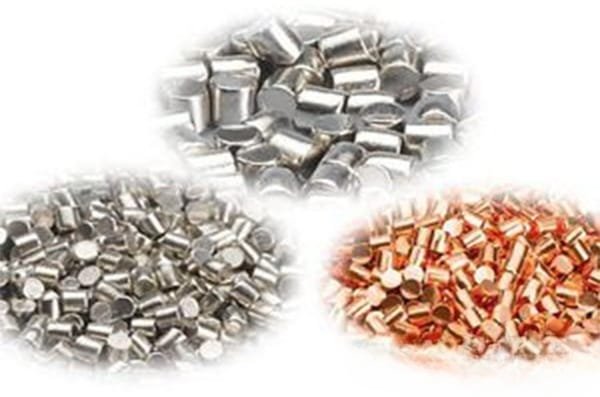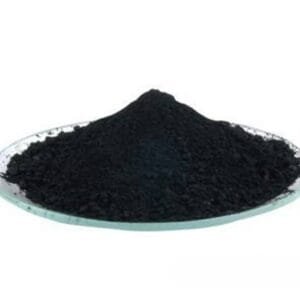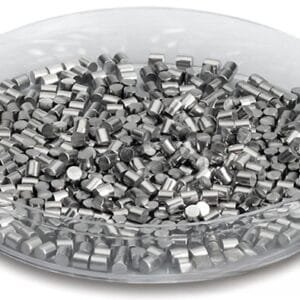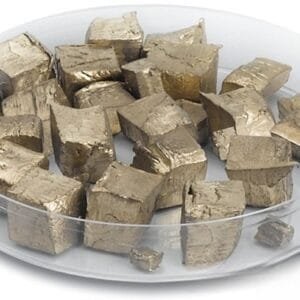Copper Zinc Evaporation Materials Overview
Our copper zinc evaporation materials, provided by Thin-Film Mat Engineering (TFM), are high-purity alloys consisting of copper (Cu) and zinc (Zn). These materials are essential for various deposition processes, ensuring the production of high-quality films. With purity levels up to 99.9995%, our copper zinc evaporation materials are manufactured under strict quality control standards to guarantee exceptional performance and reliability.
Applications of Copper Zinc Evaporation Materials
Copper zinc evaporation materials are utilized in a range of applications, including:
- Deposition Techniques: Suitable for semiconductor deposition, chemical vapor deposition (CVD), and physical vapor deposition (PVD).
- Optics: Used in wear-resistant coatings, decorative finishes, and display technologies.
Packaging and Handling
To preserve the quality of our copper zinc evaporation materials, we handle and package them with the utmost care. This careful handling ensures that the materials remain in pristine condition during storage and transportation.
Contact Us
Thin-Film Mat Engineering (TFM) is a leading provider of high-purity copper zinc evaporation materials and a variety of other evaporation products. We offer materials in both powder and granule forms, with customization options available upon request. For current pricing and information on additional deposition materials, please contact us directly.


 MSDS File
MSDS File



Reviews
There are no reviews yet.